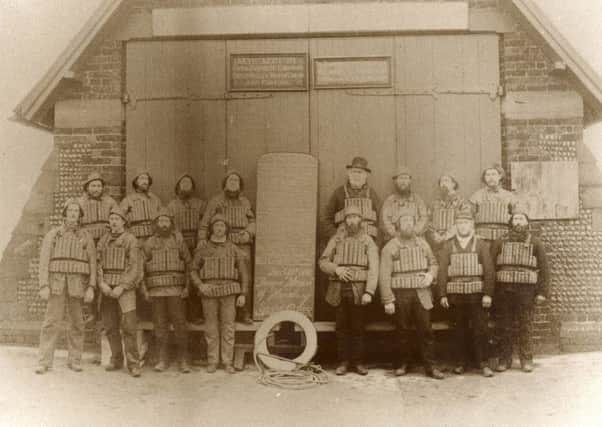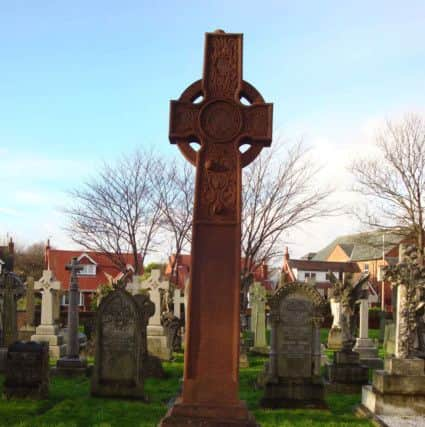Special status for disaster memorials


Both the Laura Janet Memorial Cross and the nearby gravestone of Sir Charles Wright Macara stand in St Annes Parish Church churchyard – fitting reminders of the 1886 Mexico disaster in which all 13 crew members of the Laura Janet, the St Annes lifeboat, were killed.
The red sandstone memorial cross, which sits on the communal grave to five of the lifeboatmen, sits next to the gravestone of cotton magnate and St Annes resident Sir Charles who, after the disaster, instigated the fund-raising Lifeboat Saturdays which became the current RNLI flag days.
Advertisement
Hide AdAdvertisement
Hide AdBoth have been given Grade II-listed status by Historic England.


Paul Drinnan, Fylde Council’s regeneration manager, said: “The whole world was aware of the loss of life in the estuary and felt that such selfless devotion to rescuing others deserved to be commemorated.
“All three other memorials are Grade II-Listed so it was felt that the St Annes Parish Church memorial and gravestone should be recognised in the same way.
“Thanks to the efforts of the Lytham St Annes Civic Society this has now happened and the sacrifice and historical significance of the gravestone and the cross has now won new prominence.”
Advertisement
Hide AdAdvertisement
Hide AdThe lifeboatmen drowned off the coast of Southport, while desperately trying to save the crew of a German ship Mexico which had run aground in December 1886.
Three boats took part in the rescue – from Lytham, St Annes and Southport – but only one came back unscathed.
The tragedy, which happened in gale force winds and storms, caused a huge outpouring of grief across Victorian England and was seen as a national disaster.
On the night of the rescue, the Lytham lifeboat Charles Biggs saved 12 sailors from the German vessel.
Advertisement
Hide AdAdvertisement
Hide AdThe Southport lifeboat Eliza Fernley was the first to launch but was capsized and 14 of her 16-strong crew drowned.
The entire crew of the St Annes lifeboat Laura Janet – 13 men – drowned and she was washed ashore the next day.
A fund was set up to support the 16 widows and 50 children of the lifeboatmen who drowned and it initially raised £50,000.
The 2.5m-tall memorial cross was funded by a public appeal for the families of the dead men and also for memorials to be built in their honour.
Advertisement
Hide AdAdvertisement
Hide AdMonarchs including Queen Victoria and Kaiser Wilhelm I – the Mexico was a German barque en route from Liverpool to Ecuador – contributed to the cross and to other memorials on the Ribble estuary.
The cross bears a plaque detailing the names of the five St Annes crew buried in the communal grave Charles Tims, 43, Reuben Tims, 30, Thomas Bonney, 35, James Dobson, 23 and Thomas Parkinson, 28.
Marion Coupe, Lytham St Annes Civic Society chairman, said: “By 2008 the memorial was in a dangerous state and we raised £16,000 to restore it. It was a great community effort but worth it as this tragedy is very important in the history of the area.
“It was re-dedicated in December 2009 on the anniversary of the disaster. These are two important monuments with a heart-rending story to tell.”